

— Blogs —
—Products—
 Consumer hotline +8618073152920
Consumer hotline +8618073152920 WhatsApp:+8615367865107
Address:Room 102, District D, Houhu Industrial Park, Yuelu District, Changsha City, Hunan Province, China
Product knowledge
Time:2024-11-10 16:38:28 Popularity:2512
Smart irrigation system is a kind of system that uses modern information technology, automatic control technology, sensor technology and other high-tech to realize intelligent management and control of farmland irrigation. Its main purpose is to maximize water saving and improve the utilization rate of water resources under the premise of ensuring the water demand of crops. The system realizes the optimal allocation and scheduling of farmland water resources through IoT technology, realizes digital, networked and intelligent precision irrigation, reduces costs, improves the quality of irrigation, and avoids over-irrigation and the waste of water resources.
 |  |  | 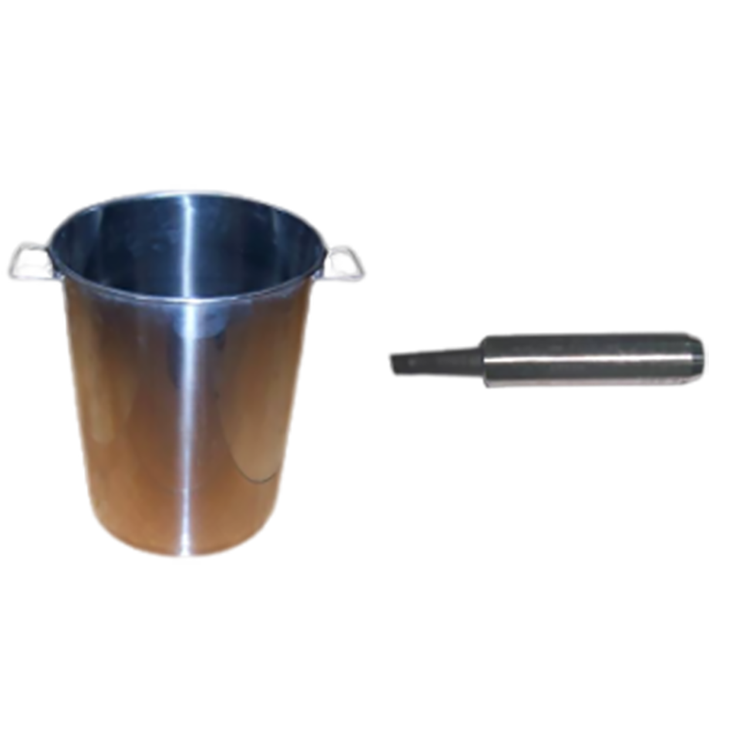 | 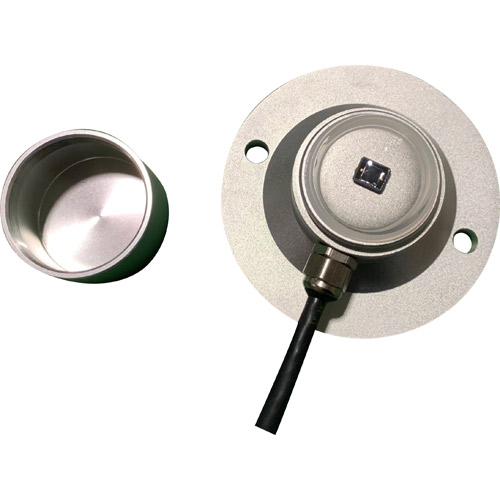 |
| Anemometer Wind Speed sensor | Wind direction sensor | Tipping bucket rain gauge sensor | Evaporation sensor | Sunshine Duration Sensor |
 |  |  |  |  |
| Atmospheric Temperature Humidity air pressure Sensor | ultrasonic wind speed and direction sensor | 5 in1 Ultrasonic Weather Station Sensor | 6 in1 Ultrasonic Weather Station Sensor | 7 in1 Ultrasonic Weather Station Sensor |
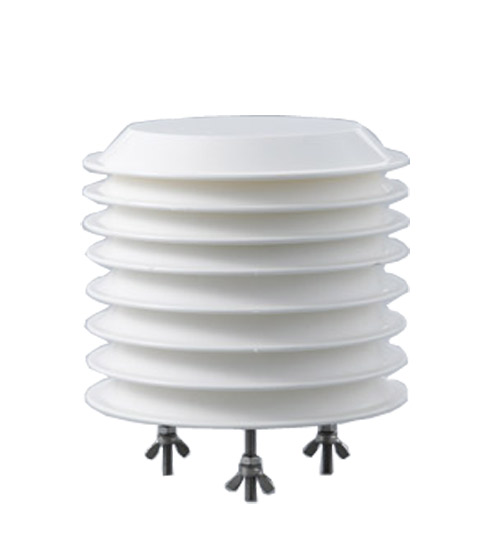 | 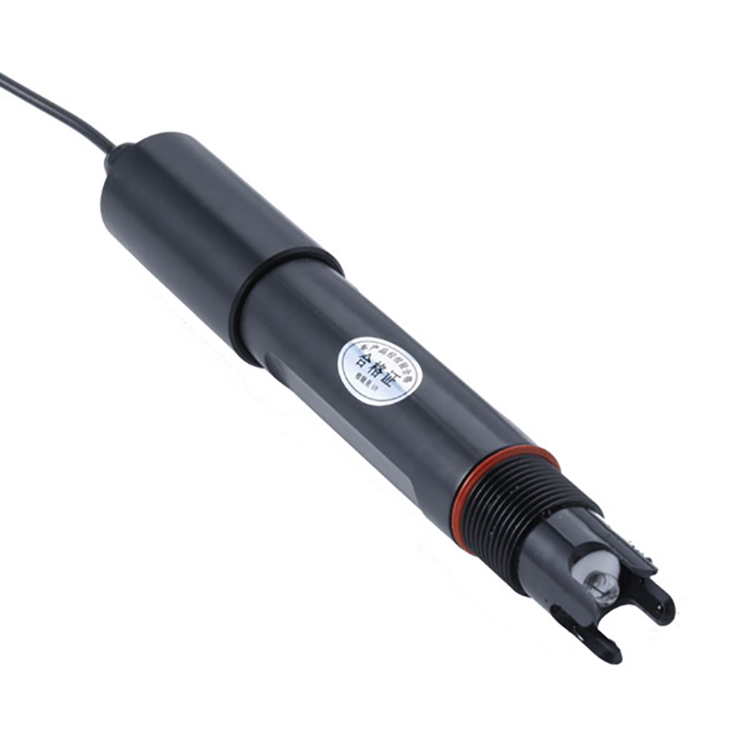 | 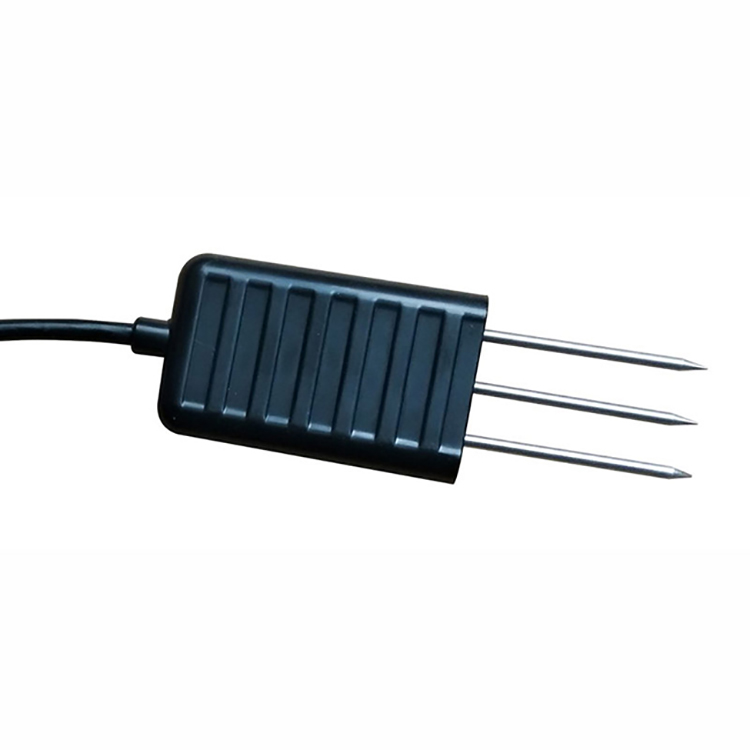 |  |  |
| Carbon dioxide sensor(CO2 sensor) | Soil pH sensor | 3-in-1 Soil Temperature Humidity EC Sensor | illumination sensor | Soil Moisture Temperature sensor |
Sensors commonly used in smart irrigation systems mainly include the following:
- Types: including capacitive soil moisture sensor, electronic soil moisture sensor, FDR soil moisture sensor, TDR soil moisture sensor, tension type and so on.
- Role: monitor the moisture content in the soil, provide irrigation decision-making basis.
- Details:
- Capacitive Sensor: Estimates moisture content by measuring the change in capacitance value of the soil.
- Time Domain Reflectance (TDR) Sensor: Determine the soil dielectric constant by measuring the propagation time of electromagnetic waves in the soil, and then calculate the moisture content.
- Tensiometric Sensors: Measure soil moisture by utilizing the adsorption of soil moisture to water in a tensiometer.
- Fit and Value: The sensor transmits soil moisture data to the control unit and the system automatically initiates irrigation when soil moisture falls below a set threshold. It ensures that the crop gets water when it needs it and avoids water wastage.
- Function: Monitor soil temperature, which affects crop growth and water demand.
- Details: Common soil temperature sensors include thermistor type, thermocouple type, etc. They reflect the growing environment of crops by measuring the temperature in the soil.
- Cooperation and value: Combined with soil moisture data, it can more accurately determine the timing of irrigation and help adjust the irrigation schedule to adapt to changes in soil temperature.
- Function: Monitor rainfall amount and frequency.
- Details: Measurement of rainfall by means of a rain barrel or tipping bucket sensor.
- Fit and value: After rainfall, the system may delay or cancel irrigation, reducing unnecessary water consumption.
- Type: Includes sensors for temperature, humidity, wind speed, hours of sunlight, evaporation, etc.
- Function: Provides comprehensive meteorological data for calculating crop transpiration evaporation (ET) requirements.
- Details: Weather sensors monitor weather changes in real time to provide accurate environmental data for irrigation systems, thus helping farmers adjust their irrigation schedules according to weather conditions.
- Fit and Value: Improve the accuracy and adaptability of irrigation schedules.
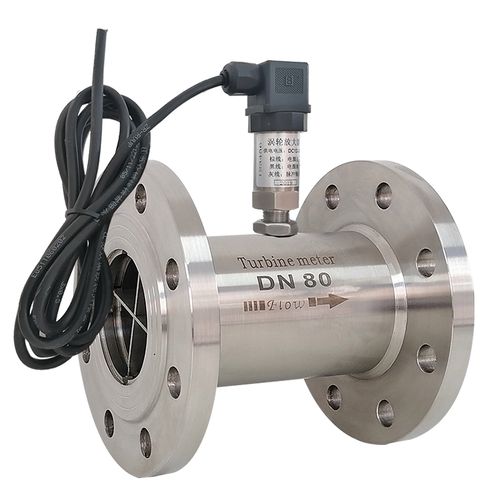
- Function: Monitors the rate of water flow through the irrigation system.
- Details: Calculates flow rate by measuring the change in voltage or magnetic field that occurs when water flows through the sensor.
- Cooperation and value: to ensure that the irrigation system in accordance with the preset flow rate work, timely detection of system failure, to ensure irrigation uniformity, improve system reliability.
- Function: To monitor the water pressure in the irrigation system.
- Details: Ensures that the system is operating at the proper pressure by measuring the change in pressure as water flows through the pipe.
- Fit and Value: Prevents damage to pipes, safeguards the system and extends equipment life.
- Function: Measures the conductivity of soil solution, reflecting the salt content of the soil.
- Details: Direct measurement by electrode probe inserted into the ground.
- Cooperate with and value: Help to judge the soil quality and irrigation water quality, provide a basis for irrigation decision-making.
- Function: To monitor the liquid level changes in the irrigation system, such as pools and tanks.
- Details: When the liquid level reaches the set value, the sensor will send a signal to the control center.
- Fit and Value: Remind farmers to replenish water or adjust the irrigation schedule in time.
- Function: Measure the wind speed and direction in the farmland area to provide reference for irrigation decision.
- Details: Measure wind speed and direction with an anemometer and wind vane.
- Fit and Value: Especially important in dry and windy areas to help farmers understand the evaporation rate of farmland and the water needs of their crops.
- E.g. sensors to measure soil acidity and alkalinity (soil pH sensors), sensors to measure soil compactness, etc.
- Role: Provide more information about the nature of the soil, which helps farmers to better understand the actual conditions of the farmland and develop a more scientific irrigation program.
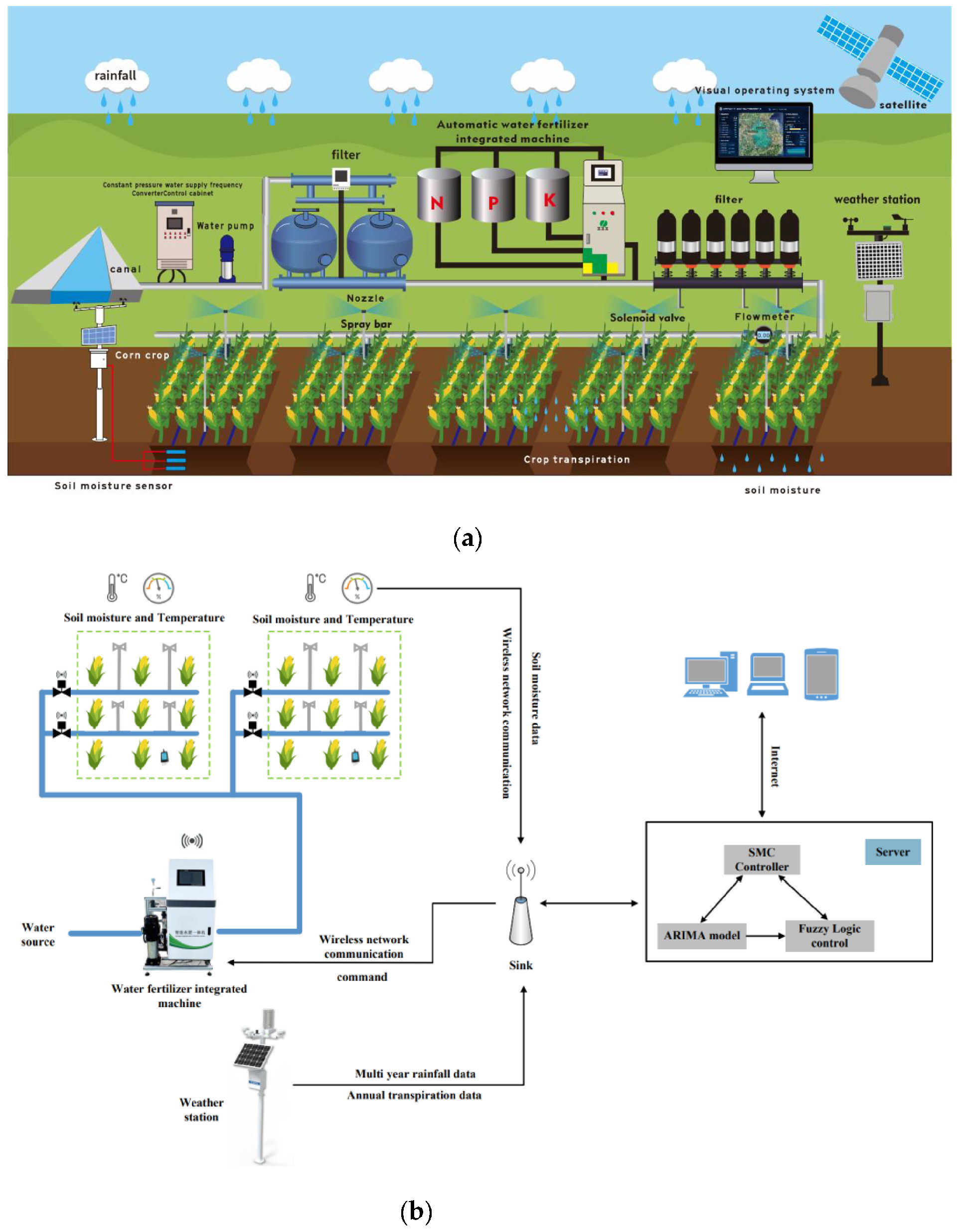
- Sensors collect environmental data in real time and transmit it to the control unit either wired or wirelessly.
- Wireless technologies: such as 4G, 5G, Zigbee, LoRa, or Wi-Fi, ensure real-time data transmission to the monitoring center.
- The control unit makes the decision of whether to irrigate or not based on the data provided by the sensors, combined with the preset irrigation strategy.
- Data analysis: optimize the irrigation strategy by combining historical data and crop growth model.
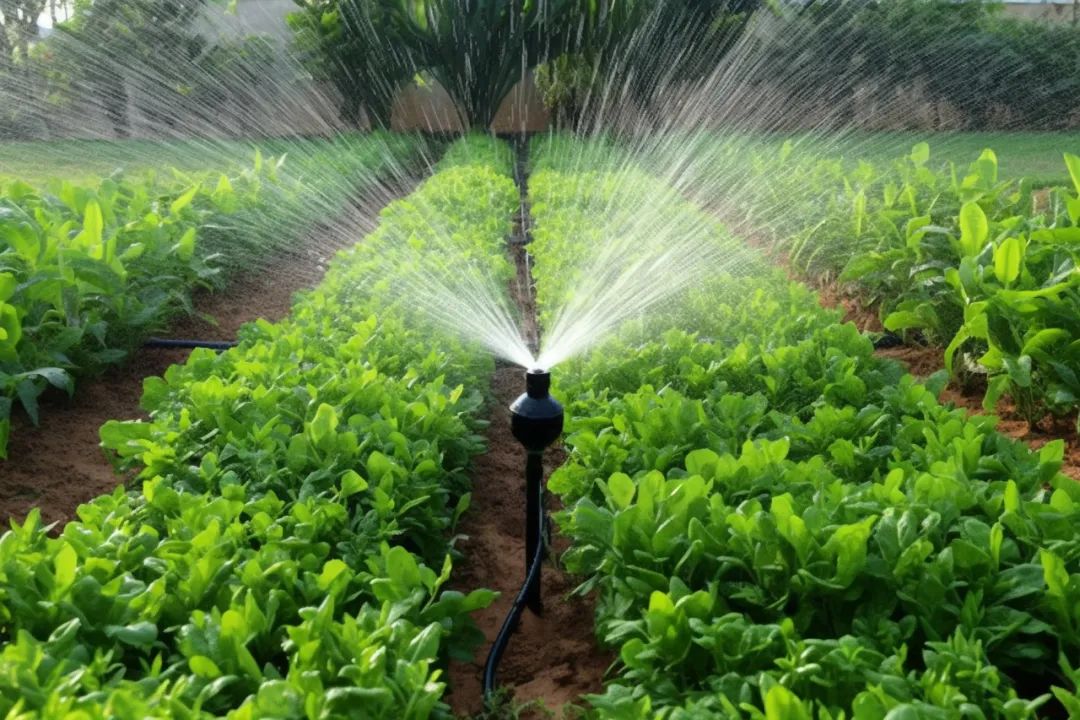
- The control unit sends commands to the actuators (e.g. valves, pumps) to automatically turn on or off the irrigation system.
- Dynamic Adjustment: Dynamically adjust the irrigation strategy according to real-time data to ensure the timeliness and effectiveness of irrigation.
- During the irrigation process, the sensor continues to monitor and the control unit adjusts the irrigation strategy according to the feedback data.
- Fault detection: timely detection of system faults to ensure the normal operation of the irrigation system.
- The system records irrigation data for subsequent analysis and optimization of the irrigation plan.
- Long-term monitoring: collect long-term soil moisture data, establish a historical database, and analyze irrigation patterns and soil moisture change rules.
Intelligent irrigation system through the integration of a variety of sensors, can realize the precise monitoring and automatic control of the irrigation process, thereby significantly improving irrigation efficiency, saving water, reducing energy consumption, and improve crop yield and quality. The role and value of these sensors is to provide a scientific basis for irrigation decision-making, ensuring the timeliness and effectiveness of irrigation activities, while reducing the need for human intervention, and promoting the modernization and sustainable development of agricultural production.
Through these advanced sensor technologies and wireless sensor networks, smart irrigation systems not only improve agricultural production efficiency, but also make an important contribution to environmental protection and resource conservation. In the future, with the continuous progress of technology and in-depth exploration of innovative applications, intelligent irrigation systems will play a more irreplaceable role in guaranteeing global food security and promoting sustainable agricultural development.
Prev:How do you test the moisture content of soil?
Next:Which soil moisture sensor used in automatic irrigation system?
Related recommendations
Sensors & Weather Stations Catalog
Agriculture Sensors and Weather Stations Catalog-NiuBoL.pdf
Weather Stations Catalog-NiuBoL.pdf
Related products
 Combined air temperature and relative humidity sensor
Combined air temperature and relative humidity sensor Soil Moisture Temperature sensor for irrigation
Soil Moisture Temperature sensor for irrigation Soil pH sensor RS485 soil Testing instrument soil ph meter for agriculture
Soil pH sensor RS485 soil Testing instrument soil ph meter for agriculture Wind Speed sensor Output Modbus/RS485/Analog/0-5V/4-20mA
Wind Speed sensor Output Modbus/RS485/Analog/0-5V/4-20mA Tipping bucket rain gauge for weather monitoring auto rainfall sensor RS485/Outdoor/stainless steel
Tipping bucket rain gauge for weather monitoring auto rainfall sensor RS485/Outdoor/stainless steel Pyranometer Solar Radiation Sensor 4-20mA/RS485
Pyranometer Solar Radiation Sensor 4-20mA/RS485
Screenshot, WhatsApp to identify the QR code
WhatsApp number:+8615367865107
(Click on WhatsApp to copy and add friends)
